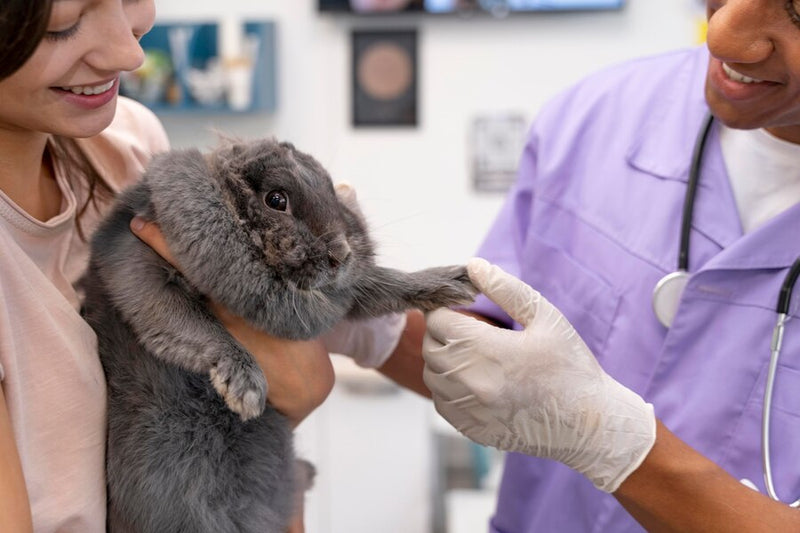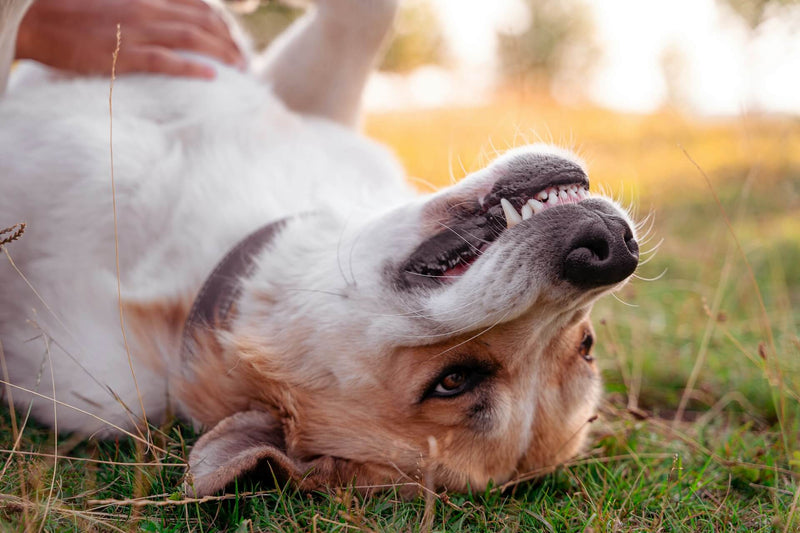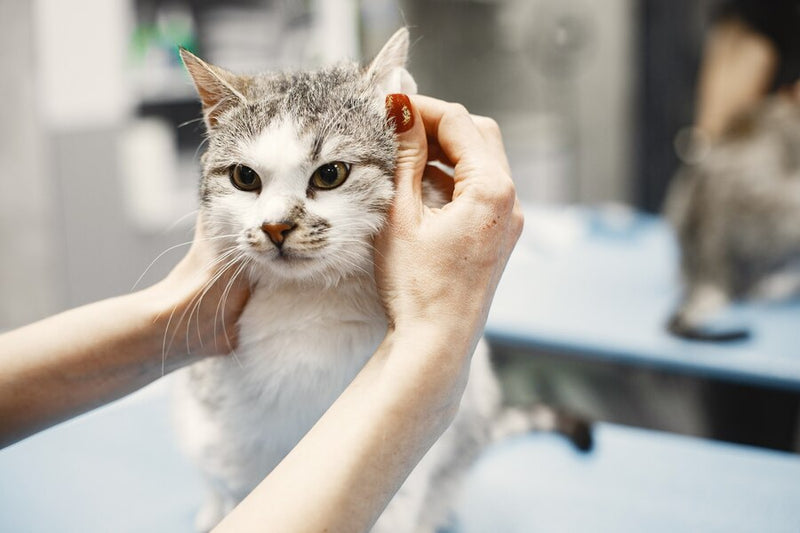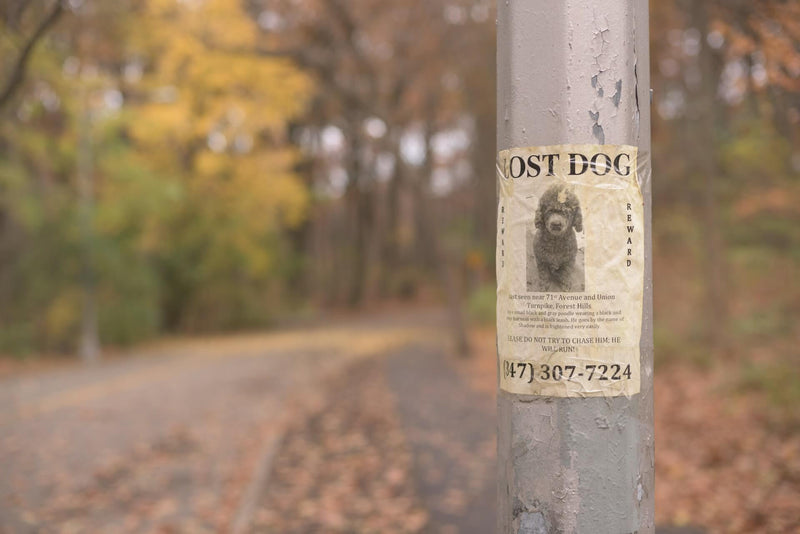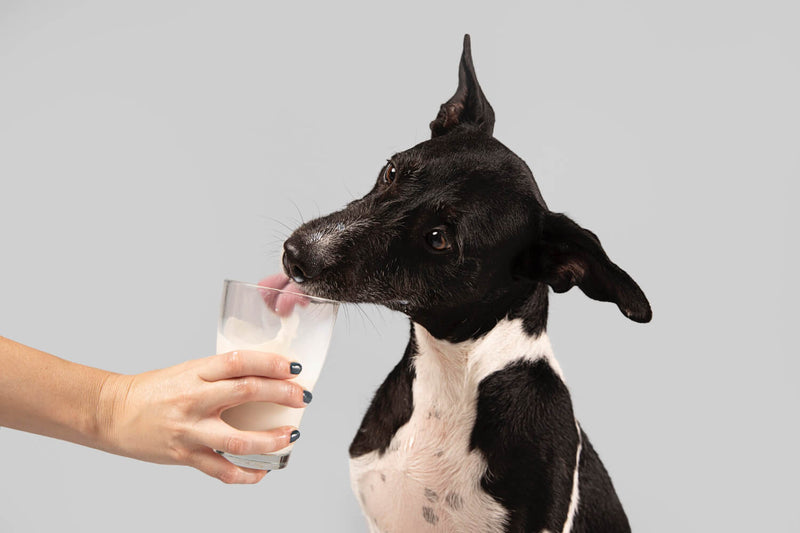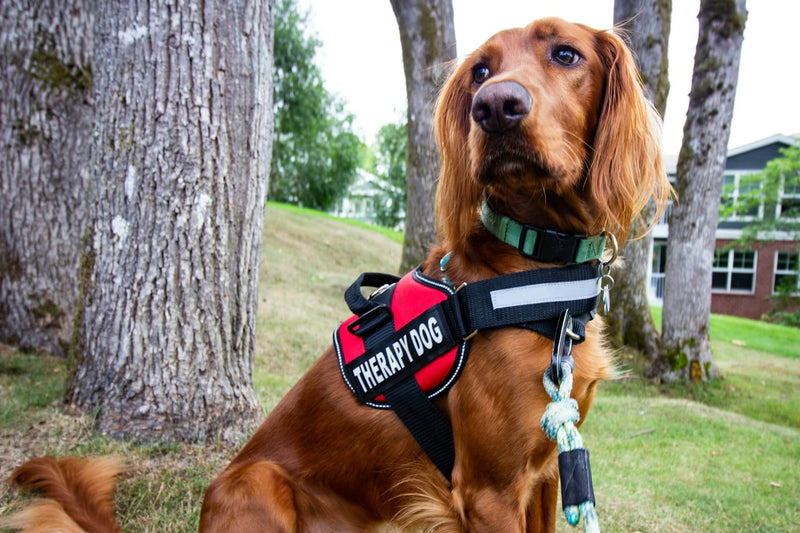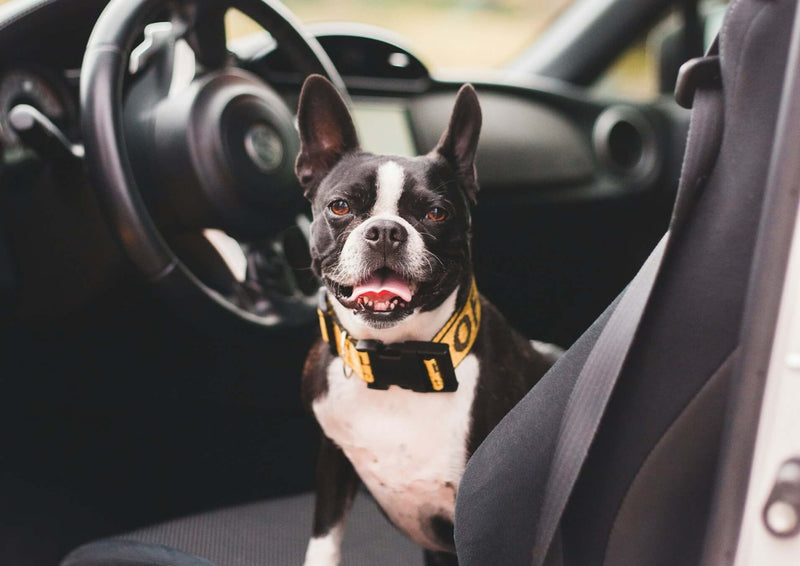
Welcome to Gritty Pet Co.
Your Canadian, specialty Pet Health & Wellness destination. 🇨🇦

Vet Reviewed & Approved
Dr. Ibrar A. is our veterinarian and a key member of our team. ✅
Ready to be your dog's hero in times of need? Time to develop the ultimate dog first aid kit. Doggy accidents can happen anywhere, from the backyard to the wild outdoors, and it's our job to be prepared with the knowledge and products to respond quickly and efficiently.
In this guide, we dive into the essentials of building the perfect first-aid kit for your furry friend. From must-have supplies to smart tips for common scenarios, we're here to equip you with the knowledge and tools for peace of mind.
Let's ensure you're ready for anything with our ultimate first aid kit for dogs guide.
Key Takeaways
Comprehensive Supplies: An effective dog first aid kit includes gauze, non-stick bandages (Vet Wrap), saline solution, and a digital thermometer. Tailor your kit with items specific to your dog’s health, lifestyle, and the adventures you two embark upon, ensuring you can address wounds, heatstroke, and more.
Readiness for Emergencies: Equip your kit with a muzzle, emergency contact numbers, and a photo of your dog. These essentials are crucial for managing your dog's pain safely and effectively and for identification in case of separation.
- Education and Preparation: Understanding how to use the items in your kit is as critical as the items themselves. Include a pet first aid guidebook and consider taking a course in pet first aid and CPR. Knowledge of how to immediately respond to injuries can significantly impact your dog's recovery process.
Building The Ultimate First Aid Kit for Dogs: Our Comprehensive Guide
Creating a first aid kit for your dog is not just a precaution; it's a necessity. Just like humans, dogs encounter unexpected health issues that can range from minor cuts and scrapes to more severe emergencies requiring immediate attention.
This guide aims to provide you with comprehensive insights into assembling a first aid kit tailored to your furry friend's needs, to ensure you're prepared for anything.

Essentials
Before we embark on any adventure or simply enjoy a quiet day at home, ensuring the safety and comfort of our beloved dogs is paramount.
This section of our guide is dedicated to the 'Essentials' — the foundational items your dog's first aid kit cannot do without. These items are not just tools; they're your first line of defence and comfort for your dog in many situations.
Pet Carrier: For safe transport in your vehicle.
Spare Leash and Collar: For emergency control.
Reflective Leash or Collar: Increases visibility during low-light conditions.
Collapsible Food and Water Bowls: For hydration and nutrition on the go.
Extra Bag of Dog Food and Water: Ensures your pet is well-fed in any situation.
Spare Favorite Toy: Provides comfort and reduces stress.
Waterproof Envelope or Sleeve: For storing vet information and vaccination records.
Pet First Aid Guidebook: For reliable reference in various emergencies.
Access to Telehealth Services: For expert advice when in-person vet visits aren't possible.
Toolkit or Heavy-Duty Case: Keeps all first aid supplies organized and readily accessible.
Dog Backpack: For serious adventure enthusiasts, dogs can carry their own medical kits and supplies. Speak with your vet about weight limits for your dog!
Medical Supplies
Moving beyond the basics, the 'Medical Supplies' section delves into the heart of your dog's first aid kit. Here, we focus on the items that can make a significant difference in managing injuries and health emergencies until professional help is available.
- Sanitary Napkins: For use in controlling blood loss and creating a barrier for debris that could enter a wound.
- Duct Tape/ Adhesive Tape: Useful for securing bandages. Do not use it on fur or skin.
- Ziploc Bags: For collecting samples in case of vomiting or stool with blood.
- Sterile Saline Solution: For wound cleaning and eye flushing.
- Identification Info for Your Pet: Including a recent photo.
- Dog Booties or Small Socks: To protect injured paws.
- Antihistamine (like Benadryl, without xylitol): For allergic reactions, with vet guidance on dosage.
- Sugar Packets, Glucose Gel, or Honey: For shock or seizures to raise blood sugar levels.
- Needle-nose Pliers or tweezers: For removing foreign objects.
- Gauze Pads: For covering and protecting wounds.
- Non-Stick Bandages: To wrap wounds without adhering to fur. Vet Wrap is an excellent example.
- Cotton Balls: For applying antiseptics or cleaning wounds.
- Hydrogen Peroxide: To clean wounds or induce vomiting under vet supervision.
- Antibiotic Ointment: For preventing infection in minor cuts and scrapes.
- Milk of Magnesia: To absorb toxins, use under vet guidance.
- Digital Thermometer: Specifically designed for pets.
- Medicine Pill Organizer: For managing multiple medications.
- Scissors: For cutting bandages or fur around wounds.
- LED Magnifying Glass: To better inspect small wounds or splinters.
- Syringes (without needles): For administering liquid medications.
- Muzzle: To prevent biting when your dog is in pain or stressed.
- Cone Collar: To prevent licking or biting at injuries.
- Vet Information Card: With contact numbers for your vet and emergency clinics.
- Instant Cold Pack: For reducing swelling or overheating.
- Paw Protector Balm: For cuts on paws or hot/cold ground protection.
- Sterile Eye Wash: For flushing out irritants or foreign objects.
- Ear Cleaning Solution: To clean and dry ears after swimming.
- Activated Charcoal Tablets: For poisoning incidents, vet approval is required.
Tools and Extras
The 'Tools & Extras' section of our guide is all about those additional items that can be game-changers in emergency situations.
Flashlight or Headlamp: For examining wounds in low-light conditions.
Tick Removal Tool: For safely removing ticks.
Styptic Powder: To stop bleeding from nail trims or minor cuts.
Clean Towels or Cloths: For cleaning or applying pressure to wounds.
Gloves: To maintain hygiene while treating injuries.
DIY/Home Items
Sometimes, the most effective solutions come from what we already have at home. The 'DIY/Home Items' section is dedicated to innovative, practical solutions that can be found within your own walls, transforming everyday items into lifesavers in times of need.
DIY Muzzle: In emergencies, a piece of fabric can be used to prevent biting, but ensure it's temporary and doesn't restrict breathing.
Cloth for Bandages: Old shirts or linens can be cut into strips for makeshift bandages or to apply pressure to bleeding wounds.
Ice Packs: Frozen vegetables wrapped in a cloth can serve as an emergency cold pack to reduce swelling or pain.
Oral Syringe: For administering liquid medicine; a clean, unused syringe from human medical kits can be repurposed.
Pill Cutter: Human pill cutters can be used to split or crush medications into the correct dose for your dog.
Breed Specifics
Every dog is unique, not just in personality but also in their physical and medical needs. Given the wide range of breeds and their distinct needs, it is important to familiarize yourself with alternative tools and approaches to safety and first aid that best suit your dog.
Brachycephalic Breeds (Flat-faced dogs): Include items like cooling mats or vests to prevent overheating, and consider a specialized muzzle that accommodates their unique facial structure (Pawlicy Advisor).
Large Breeds: Ensure the kit has larger bandages and wraps to cover bigger wounds, and a sturdy, properly sized muzzle.
Small Breeds: Smaller, more compact items like bandages and a lightweight muzzle suitable for their size.
Working or Hunting Dogs: Include LED collars or tags for visibility, high-energy snacks for endurance, and booties to protect their paws from rough terrain.
Senior Dogs: Supplements for joint pain, a soft blanket for warmth, and a gentle, supportive harness for mobility assistance.

Environment Specifics
Just as our dogs adapt to their surroundings, so too must our approach to their safety and well-being. The 'Environmental Specifics' section is designed to help you consider how different environments—from the sweltering heat of summer to the icy chill of winter—impact the contents of your dog's first aid kit.
Hot Climates: Sunscreen formulated for pets, cooling mats, and extra water bowls to prevent dehydration and heatstroke.
Cold Climates: Insulated blankets, paw protectant balms to guard against salt and ice, and a thermal water bowl to prevent freezing.
Urban Environments: Reflective gear for nighttime walks, noise-cancelling earmuffs to protect from loud sounds, and paw washers to clean off street grime.
Rural or Wilderness Areas: Tick removal tools, snake bite kits, and bear safety supplies if in bear-prone areas.
Beach or Water Activities: Life jackets, ear drying solution to prevent infections, and rinses to remove saltwater or chlorine.
FAQ
1. What are the must-have items in a dog first aid kit?
Your dog's first aid kit should include gauze, non-stick bandages, adhesive tape, cotton balls, hydrogen peroxide, antibiotic spray/ointment, and saline solution. These items address a range of emergencies from cuts to poisoning, ensuring you're prepared to provide immediate care .
2. What are some unique items I might not think to include in my dog's first aid kit?
Consider adding a pet carrier, spare leash, collapsible food and water bowls, emergency food and water supply, and a favorite toy for comfort. These items can be crucial during evacuations or if stranded.
3. Is it better to DIY a first aid kit or buy a pre-made one?
While pre-made kits are convenient, customizing your own allows for inclusion of all necessary items and can be more tailored to your dog’s specific needs. Include basics like gauze and saline solution, but also consider your pet's specific medical records and a picture for identification.
4. How do I safely remove a tick with the tools in my first aid kit, and what are the post-removal steps?
Using fine-tipped tweezers, grasp the tick as close to the skin's surface as possible, pulling upward with steady, even pressure. After removal, clean the bite area and your hands with rubbing alcohol or soap and water. Store the tick in a container in case of disease transmission concerns.
5. What are the best practices for wound care using items from a dog first aid kit to prevent infection?
Clean the wound with saline solution, apply antibiotic ointment, and cover with a sterile bandage. Changing the bandage regularly and keeping the wound clean are crucial to prevent infection. Monitoring the wound for signs of infection, like increased redness, swelling, or discharge, is important.
Top 3 YouTube Videos on Building your First Aid Kit for Dogs
1. DIY First Aid Kit For Dogs: How To Prepare For Your Pet's Next Emergency
Why Watch: This video walks you through the essentials of creating a DIY first aid kit tailored for your dog. It's perfect for pet owners looking to customize a kit based on their pet's specific needs and activities.
2. Dog First Aid Kit: How To Make One & How To Use It
Why Watch: It covers both the essentials needed in a dog first aid kit and practical demonstrations on how to use various items. This is great for those who not only want to assemble a kit but also want to gain confidence in using it.
3. DIY DOG FIRST AID KIT and BLOAT KIT | First aid for dogs
Why Watch: Focuses on a comprehensive approach to a first aid kit, including a segment on creating a bloat kit, which is crucial for large breed dog owners. It's informative for those looking to have a more in-depth understanding of canine first aid.
External Links for Further Reading
The American Red Cross offers a Cat & Dog First Aid Online Training course that covers vital signs, preventative care.Visit Here.
Dog First-Aid Kit Essentails from Americal Kennel Club. Visit Here.
PetSide offers insights on the Best Dog First Aid Kits. Visit Here.
Final Thoughts
Creating a first aid kit for your dog is a proactive step towards ensuring their safety and well-being. It's about being prepared for the "what ifs" and having the tools and knowledge at your disposal to address minor injuries or to stabilize your pet until professional help can be obtained. This guide has provided you with a foundation to build a comprehensive first-aid kit tailored to your dog's lifestyle and needs.




